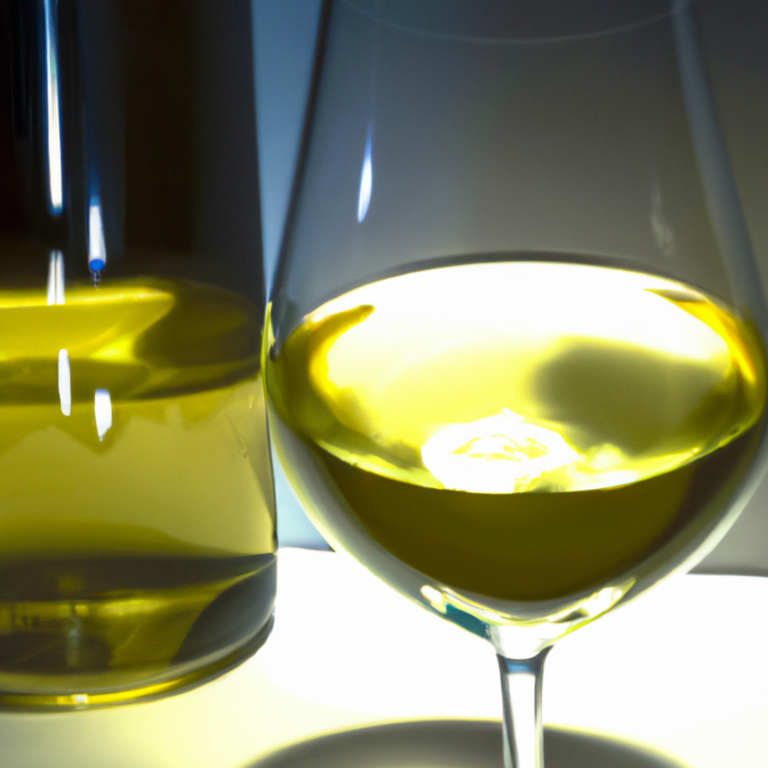Understanding AVA: A Key Term in Wine
-
Article Summary
- Understanding AVA: A Key Term in Wine
- Key Takeaways
- Introduction: Unveiling the Mystery of AVA
- What is AVA?
- The Importance of AVA
- How is an AVA Designated?
- Current State of AVAs in the United States
- FAQ Section
- What does AVA mean in wine?
- Why is AVA important?
- Who grants AVA designations?
- How many AVAs are there in the United States?
- Do AVA designations dictate the types of grapes grown or the quality of the wine?
- Conclusion: The Significance of AVA in the Wine Industry
- Revisiting Key Takeaways
Understanding AVA: A Key Term in Wine

[youtubomatic_search]
Key Takeaways
- AVA stands for American Viticultural Area, a designated wine grape-growing region in the United States distinguishable by geographic features.
- AVA designations help consumers identify the quality and type of wine they are purchasing.
- There are currently over 240 AVAs in the United States.
- AVA designations are granted by the Alcohol and Tobacco Tax and Trade Bureau (TTB).
- AVA designations do not dictate the types of grapes grown, winemaking methods, or the quality of the wine.
Introduction: Unveiling the Mystery of AVA
The world of wine can be complex and intimidating, with a myriad of terms and classifications that can confuse even the most seasoned connoisseur. One such term is AVA, or American Viticultural Area. This designation is a crucial aspect of understanding the quality, type, and origin of wines produced in the United States. This article aims to demystify the concept of AVA and shed light on its importance in the wine industry.
What is AVA?
AVA stands for American Viticultural Area. It is a designated wine grape-growing region in the United States distinguishable by geographic features. The concept of AVA is similar to the French system of Appellation d’origine contrôlée (AOC), which designates certain geographical areas for wine production. However, unlike the AOC, AVA does not dictate the types of grapes grown, winemaking methods, or the quality of the wine.
The Importance of AVA
AVA designations are important because they help consumers identify the quality and type of wine they are purchasing. For instance, a wine labeled as a Napa Valley AVA means that at least 85% of the grapes used to make the wine were grown in Napa Valley. This gives consumers a sense of the wine’s quality and character, as the region’s climate, soil, and topography play a significant role in shaping the wine’s flavor profile.
How is an AVA Designated?
AVA designations are granted by the Alcohol and Tobacco Tax and Trade Bureau (TTB), a division of the U.S. Department of the Treasury. To receive an AVA designation, a region must prove that it is distinct from surrounding areas in terms of climate, soil, elevation, and physical features. The process is rigorous and can take several years to complete.
Current State of AVAs in the United States
There are currently over 240 AVAs in the United States, with California home to the most AVAs, followed by Oregon and Washington. Some of the most well-known AVAs include Napa Valley, Sonoma County, and Willamette Valley. However, every state in the U.S. has at least one AVA, reflecting the diversity and growth of the American wine industry.
FAQ Section
What does AVA mean in wine?
AVA stands for American Viticultural Area, a designated wine grape-growing region in the United States distinguishable by geographic features.
Why is AVA important?
AVA designations help consumers identify the quality and type of wine they are purchasing. They also reflect the unique characteristics of the region where the wine was produced.
Who grants AVA designations?
AVA designations are granted by the Alcohol and Tobacco Tax and Trade Bureau (TTB), a division of the U.S. Department of the Treasury.
How many AVAs are there in the United States?
There are currently over 240 AVAs in the United States.
Do AVA designations dictate the types of grapes grown or the quality of the wine?
No, AVA designations do not dictate the types of grapes grown, winemaking methods, or the quality of the wine.
Conclusion: The Significance of AVA in the Wine Industry
Understanding AVA is crucial for anyone interested in American wines. These designations provide valuable information about the origin and character of a wine, helping consumers make informed purchasing decisions. While AVA does not dictate the types of grapes grown or the quality of the wine, it reflects the unique geographical features of a region that significantly influence the wine’s flavor profile. As the American wine industry continues to grow and evolve, so too will the importance and complexity of AVA designations.
Revisiting Key Takeaways
- AVA stands for American Viticultural Area, a designated wine grape-growing region in the United States distinguishable by geographic features.
- AVA designations help consumers identify the quality and type of wine they are purchasing.
- There are currently over 240 AVAs in the United States.
- AVA designations are granted by the Alcohol and Tobacco Tax and Trade Bureau (TTB).
- AVA designations do not dictate the types of grapes grown, winemaking methods, or the quality of the wine.
[youtubomatic_search]







